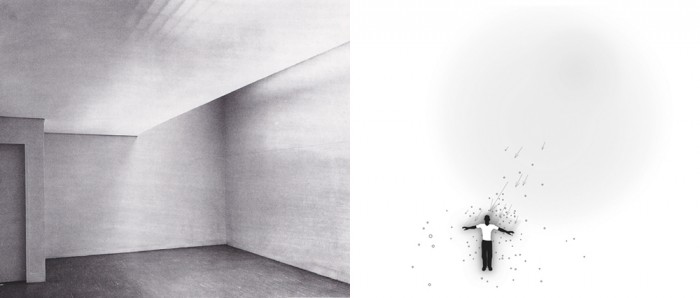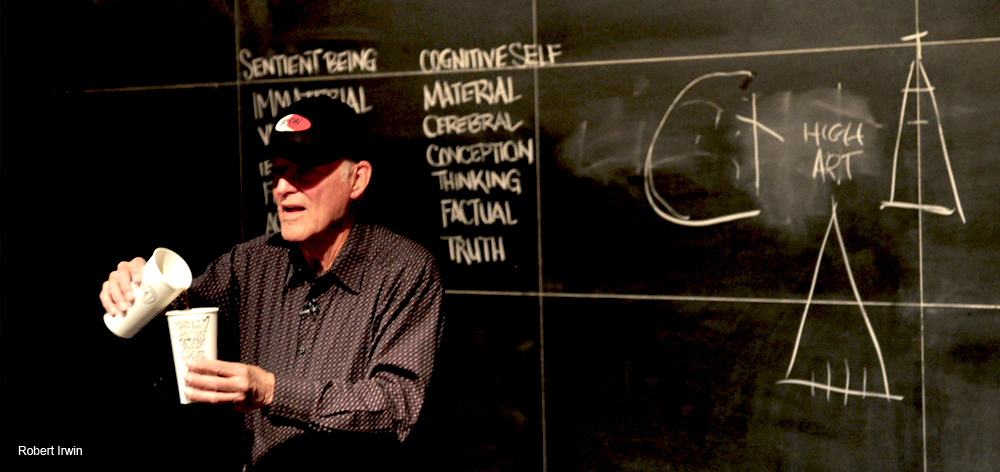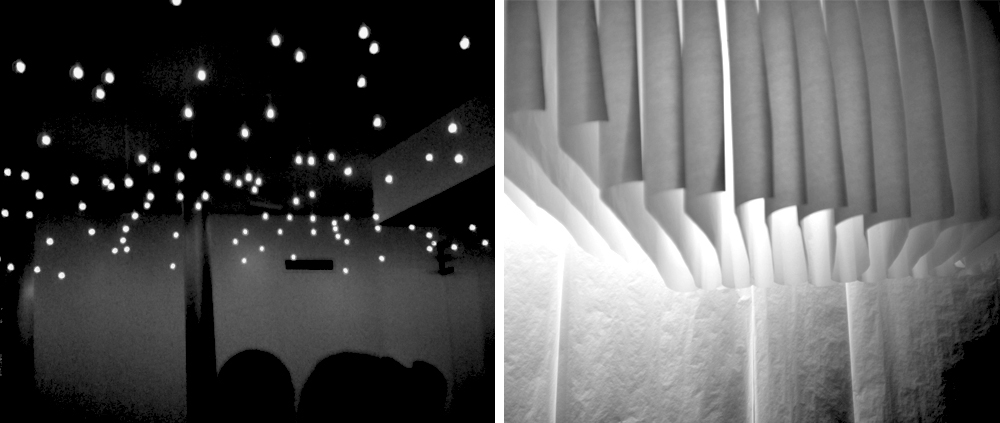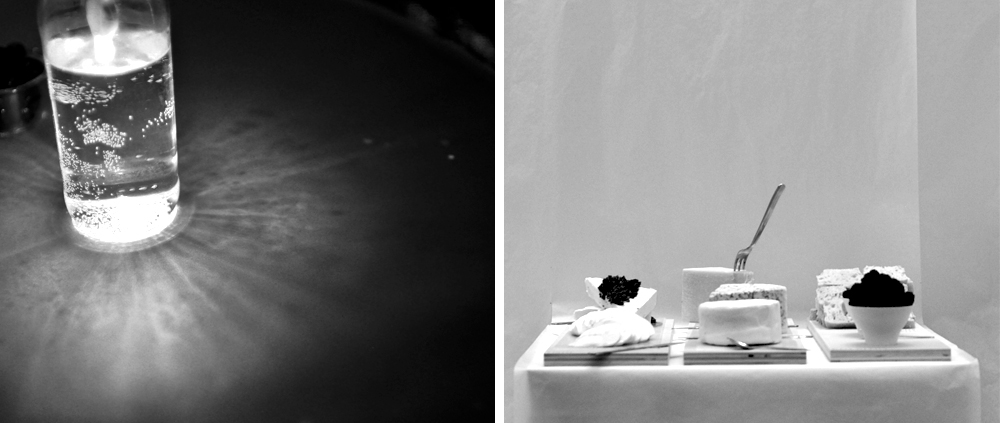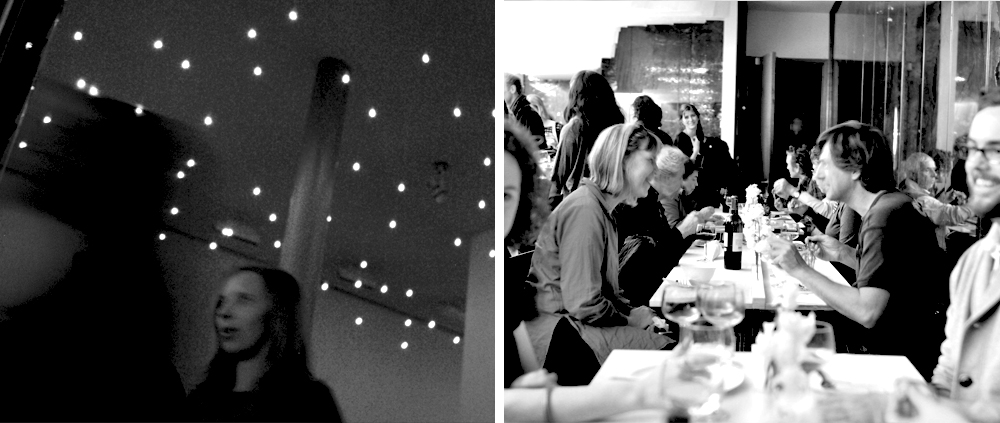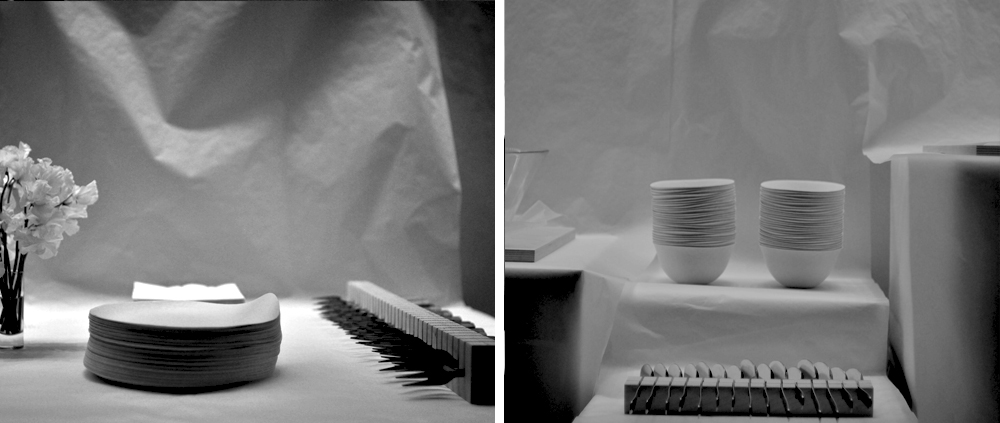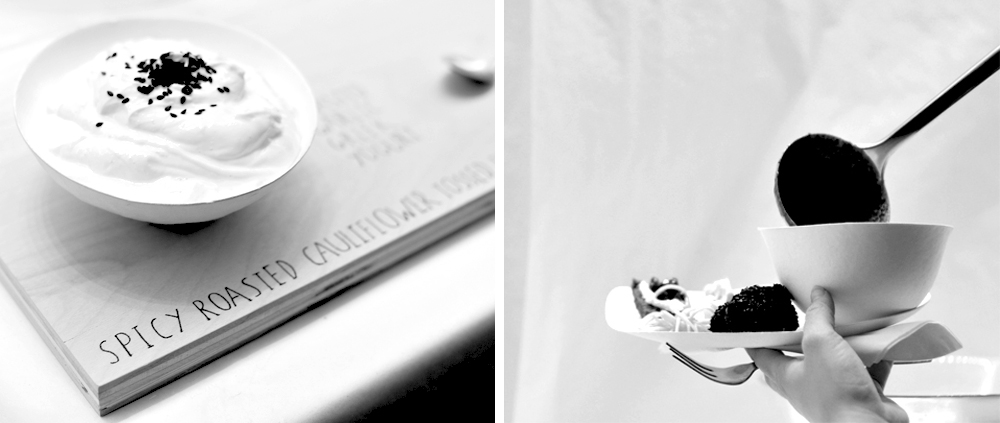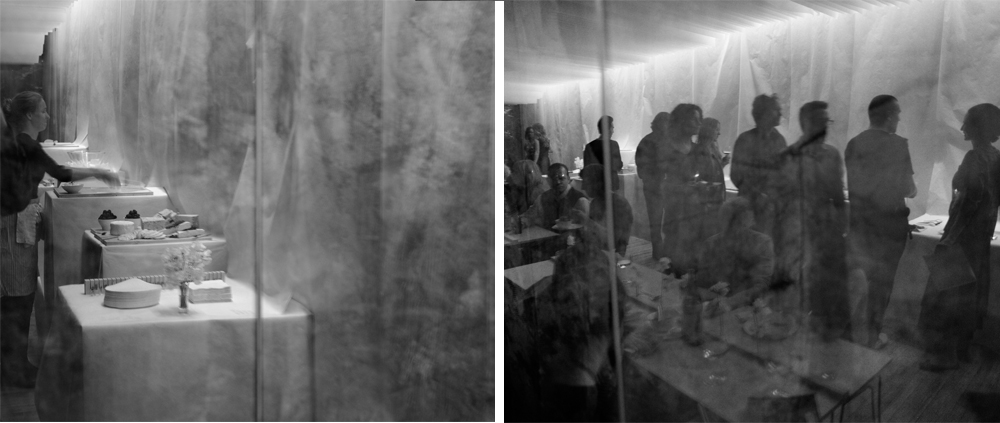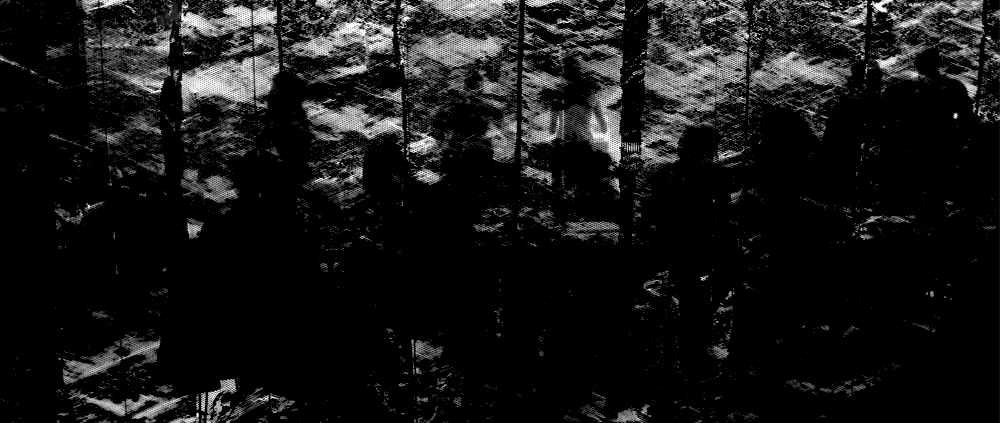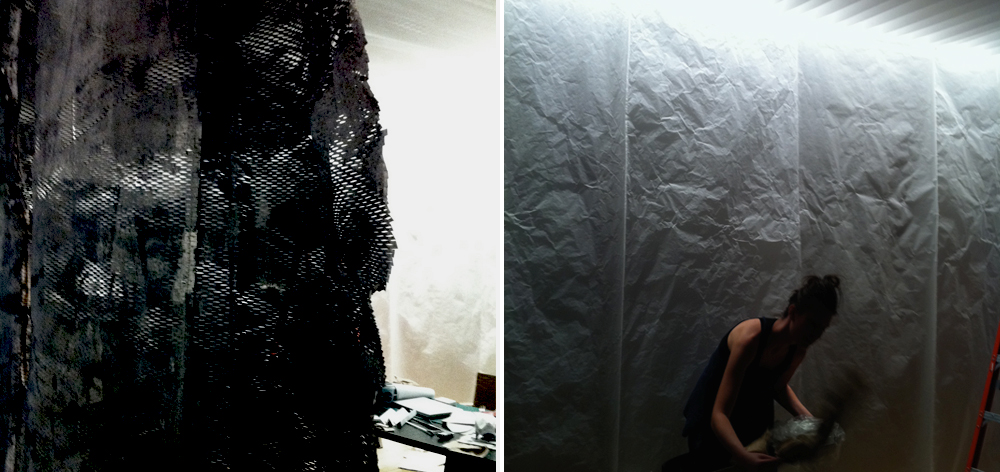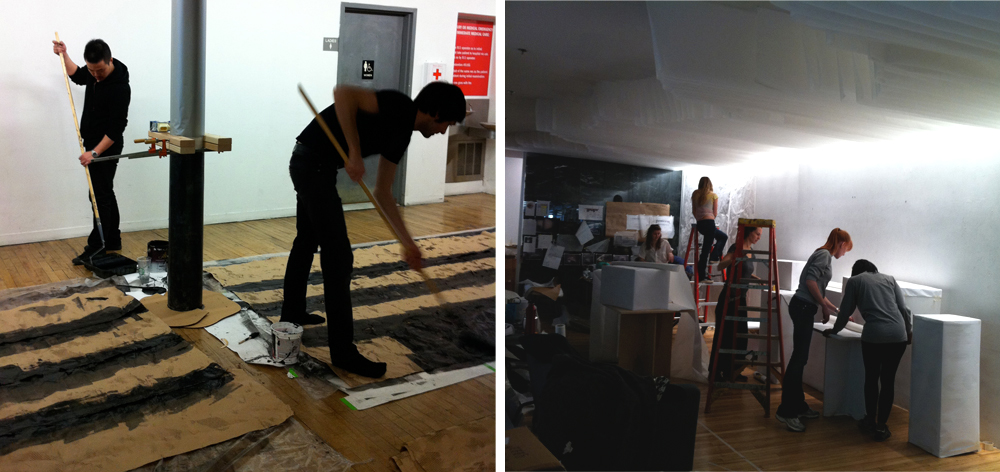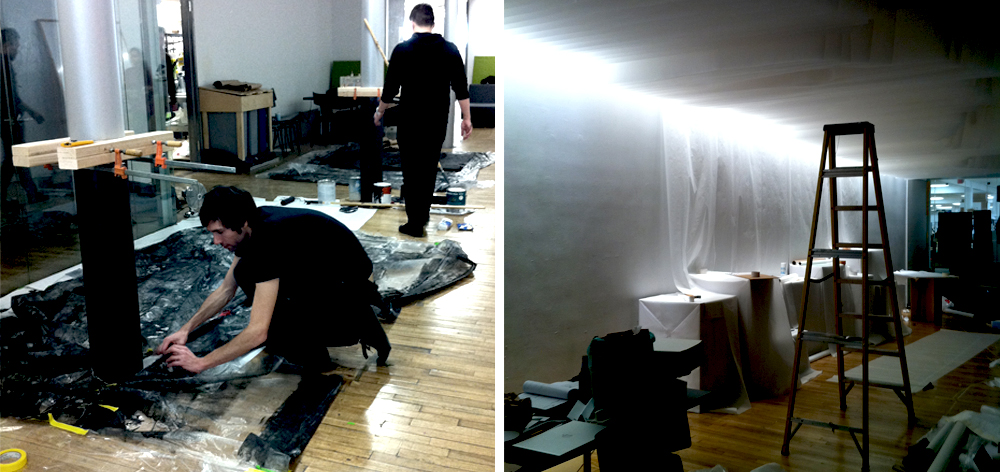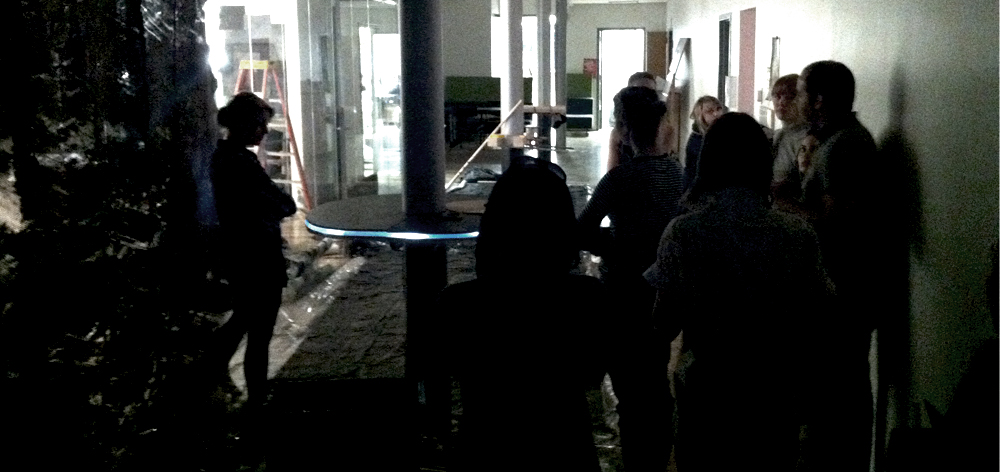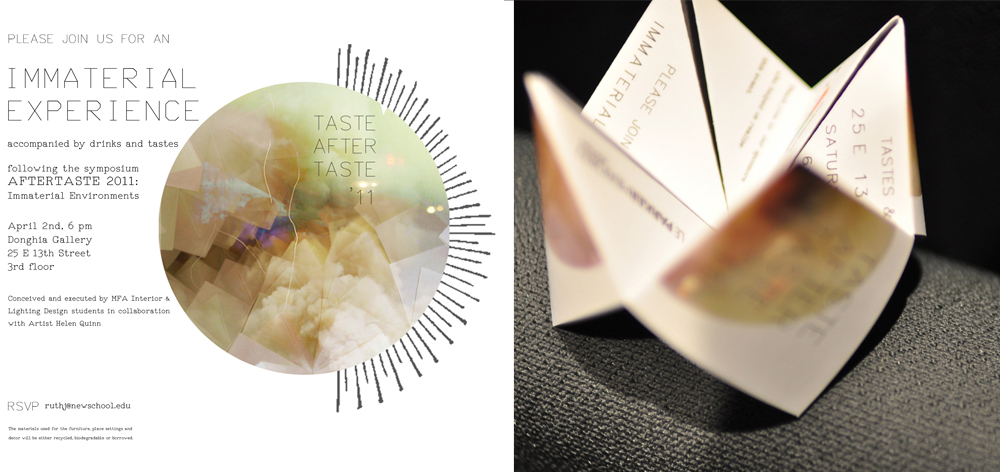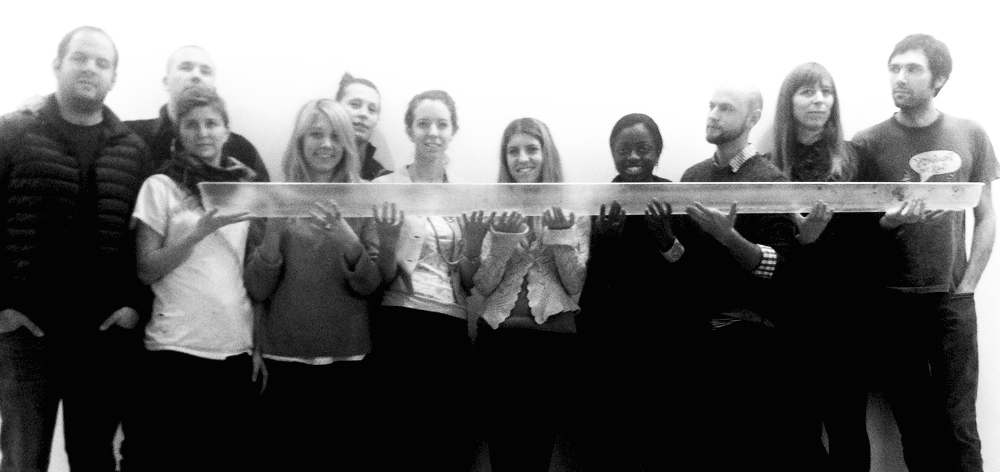Aftertaste 2011 Immaterial Environments Symposium
April 1, 2011 to April 2, 2011
"Shaping man’s surroundings entails a lot more than spatial, structural, mechanical, and other technical considerations – certainly a lot more than pontificating about matters of style. Our organic well-being is dependent on a wholesome, salubrious environment. Therefore exacting attention has to be paid to our intricate sensory world. This is primary if our surroundings are to stimulate our abundant perceptual, intellectual, and spiritual capacities, while at the same time accommodating our physiological nature and functional needs in a durable fashion. " — Richard Neutra (1892-1970), “Cross-section of a Credo” (1969)
AFTERTASTE: IMMATERIAL ENVIRONMENTS will investigate aspects of interior space that are seemingly intangible yet highly perceived. What are some of the immaterial qualities that make up our surroundings? How do we better understand elements of interior climate, the physiological and psycological impacts, so that these become material with which we create and educate?
On April 1st and 2nd, designers, physicians, scientists, scholars and artists will come together to explore these questions.
Preceding the symposium, there will be an exhibition and panel discussion called Radical Shifts, documenting the transition from an 'Interior Design' to an 'Environmental Design' program at Parsons dating from the mid-60s, a predecessor to our current Program in Interiors.
Schedule
April 1, 2011, Location: Kellen Auditorium
6:00 pm
+ Robert Irwin
Location: Kellen Auditorium
6:25 pm
+ Philippe Rahm
Location: Kellen Auditorium
6:50 pm
+ Lisa Heschong
Location: Kellen Auditorium
7:20 pm
+ Natalija Subotincic
April 2, 2011, Location: Kellen Auditorium
11:00 am
+ Alexander Wunsch
Location: Kellen Auditorium
11:30 am
+ Sanford Kwinter
Location: Kellen Auditorium
12:00 pm
+ Karen Ludwig
Participants
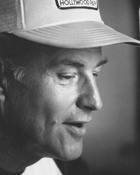
Robert Irwin
Robert Irwin, one of the most pivotal and influential artists working in the United States today, began as a painter in the 1950s. Throughout the 1960s his methodical reduction of signs inpainting led to his "breaking of the frame" of paintings and objects. As one of the pioneers of the "Light and Space" movement in Los Angeles in the 1970s and early 80s, Irwin's innovative experiments moved towards a direct exploration of aesthetic perception as the fundamental feature of art. This, along with his understanding of the history of Modern Art brought him to expand the role of art to consider working directly in the world, or an art in response, what Irwin calls a "conditional" art. Prime examples being an arts enrichment master plan for the Miami International Airport; the lush Central Gardens at the J.Paul Getty Center; and the architecture and grounds for Dia: Beacon, N.Y. In 1984, Irwin became the first artist to receive the prestigious John D. and Catherine T. MacArthur "Genius" award. Irwin's work is held in numerous public and private collections worldwide. Robert Irwin lives and works in San Diego, CA.
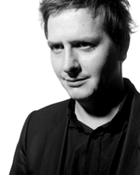
Philippe Rahm
Rahm studied at the Federal Polytechnic Schools of Lausanne (Switzerland) and Zurich. He obtained his architectural degree in 1993. He works in Paris and Lausanne. In 2002, he represented Switzerland at the 8th Architecture Biennale in Venice and has participated in various exhibitions (CCA Kitakyushu 2004, Frac Centre, Orléans, Centre Pompidou, Beaubourg 2003-2006 and 2007, Manifesta 7, 2008, Louisiana Museum, Denmark, 2009). He was visiting professor in Mendrisio Academy of Architecture in Switzerland in 2004 and 2005 and is guest professor at the School of Architecture of the Royal Danish Academy of Fine Arts of Copenhagen. He is working on projects in France, Poland, England, Italy and Germany.
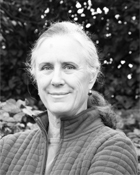
Lisa Heschong
Heschong received her Master of Architecture at MIT in 1978; her thesis was the basis of a book of classic essays, Thermal Delight in Architecture. She spent the next 15 years specializing in passive solar design before founding the Heschong Mahone Group in 1993, based in Sacramento. She has since been focusing on daylight, a design element that can improve the health of occupants and the environment. She worked with Laurence Berkeley Laboratories to develop another book - Residential Windows: A Guide to New Technologies and Energy Performance (VW Norton) - and has co-authored the Advanced Lighting Guidelines, the CHPS Best Practices Manual, and the Skylighting Guidelines, three web-based publications. Heschong has led ten studies that have established the energy and human benefits of daylighting, including the landmark 1999 study showing a link between test scores and daylight in classrooms. Heschong serves on the Board of Directors of the Illuminating Engineering Society of North America and as chair of the Daylighting Metrics committee.
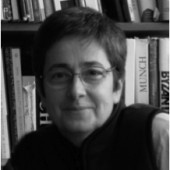
Natalija Subotincic
Subotincic is a professor of architecture at the University of Manitoba. Her work explores the realm between psyche and space, asking how we construct, experience, and dwell there. Her book Never Speak With Your Mouth Full, (DoA Press, 2008) mixes collecting, interpretation of Sigmund Freud's work environment/collection, and the design for an expansion to the Museum of the Jurassic Technology, in Culver City, California. She has lectured internationally, including the select publications: "A holding Environment: Drawing Out and Constructing Sigmund Freud's Psychical Terrain' Dead on Arrival, Winnipeg (2009), and (in French) Criticat, Issue 03, Paris (2009); and 'Design Build/Design', 'The Design Studio: A Black Hole', (YEM Yayin Press Istanbul, 2007).
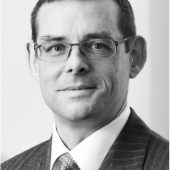
Alexander Wunsch
Alexander Wunsch is physician, inventor, researcher and teacher in the field of holistic medicine and photobiology. In his private medical practice in Heidelberg, he uses the Spectro-Chrome chromotherapy system in combination with electromagnetic fields and body sound application, Cranio-Sacral bodywork, Acupunture and Luscher Color Diagnostic. His research focuses on light effects on cellular level, photoendocrinology and toxic light effects caused by artificil light sources. He developed a number of devices for electromagnetic medicine, chromotherapy and electromagnetic environment testing. Alexander Wunsch holds a lectureship for "Light & Health" at the University of Technology, Business and Design in Wismar (Germany) and is the CEO of Medical Light Consulting in Heidelberg.
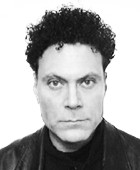
Sanford Kwinter
Sanford Kwinter is Professor of Architectural Theory and Criticism at the Harward Graduate School of Design. He is a writer and editor who earned his PhD. from Columbia University. He has taught at MIT and at Columbia and Rice universities, and was cofounder and editor of the journal Zone and Zone Books for 20 years. He has written widely on philosophical issues of design, architecture and urbanism and was an editorial member of ANY conferences and publications as well as of Assemblage. He is the author of several articles and books including Architectures of Time: Towards a Theory of the Event in Modernist Culture (MIT Press, 2001), Far From Equilibrium: Essays on Technology and Design Culture (Actar, 2008) and Requiem: For the City at the Turn of the Millennium. He is currently at work on a book on Africa and the origin of form.
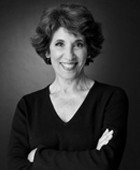
Karen Ludwig
Karen Ludwig is an actor, director, writer and teacher appearing on stage, in film and on television. She first appeared in Woody Allen's “Manhattan” as Meryl Streep's lover, and most recently, “The Fields,” opposite Cloris Leachman. On stage she has performed on Broadway including “The Deputy,” “The Devils,” “Prelude to a Kiss,” “Broadway Bound,” and off-broadway in many shows at the Public Theater including productions of “The Seagull” as a member of Andre Gregory’s Manhattan Project, and “Our Late Night” traveling with the Company throughout the United States and Europe. She appeared as Ethel Rosenberg in HBO's “Citizen Cohn” opposite James Woods, and helped raise money for the Rosenberg Foundation for Children. In addition to numerous TV appearances, authoring plays, and directing and producing a two-part DVD of acting classes taught by the incomparable Uta Hagen—she has taught acting and directing at USC, UCLA, NYU, and the Tisch School for Theater. Her workshops include “The Power of Communication and Collaboration” which she taught at The Pearl Group, an immigration law firm based in San Francisco, and most recently, for MFA Interior Design thesis students at Parsons School of Design. Karen Ludwig is faculty at the HB Studio in New York and in the MFA program at The New School for Drama.
